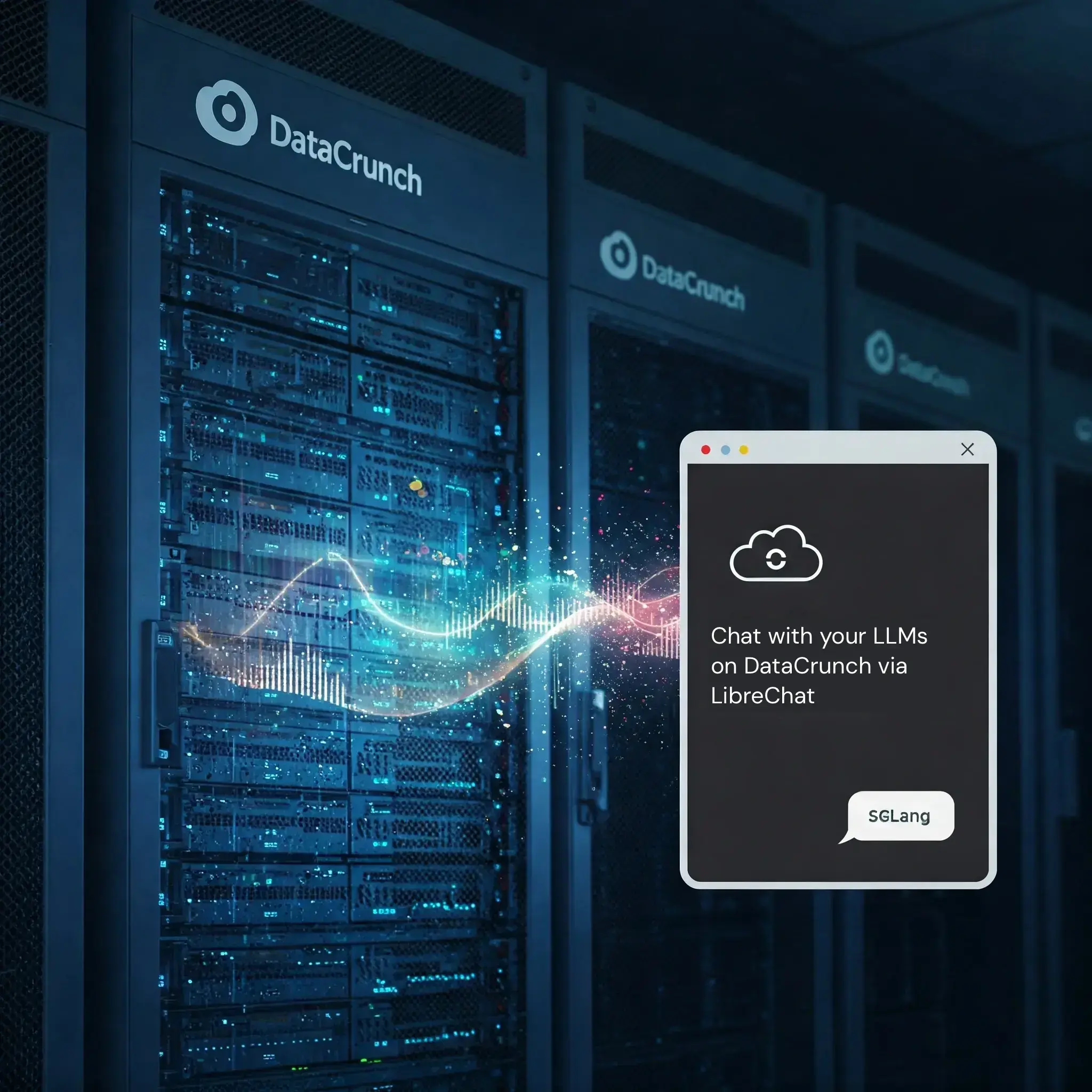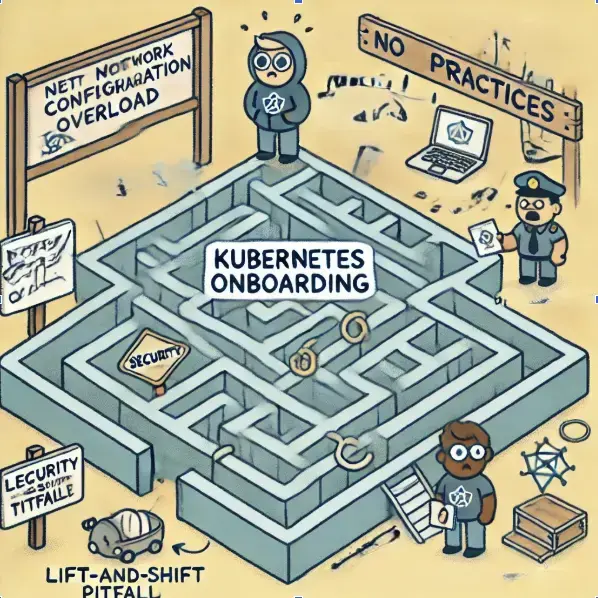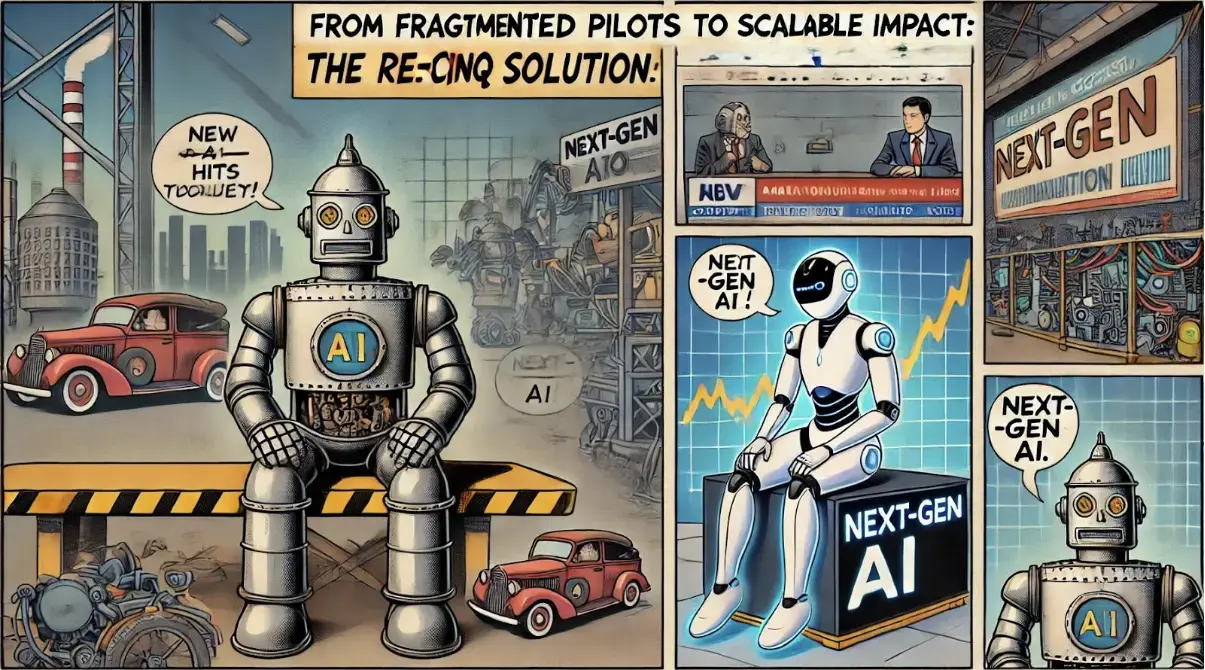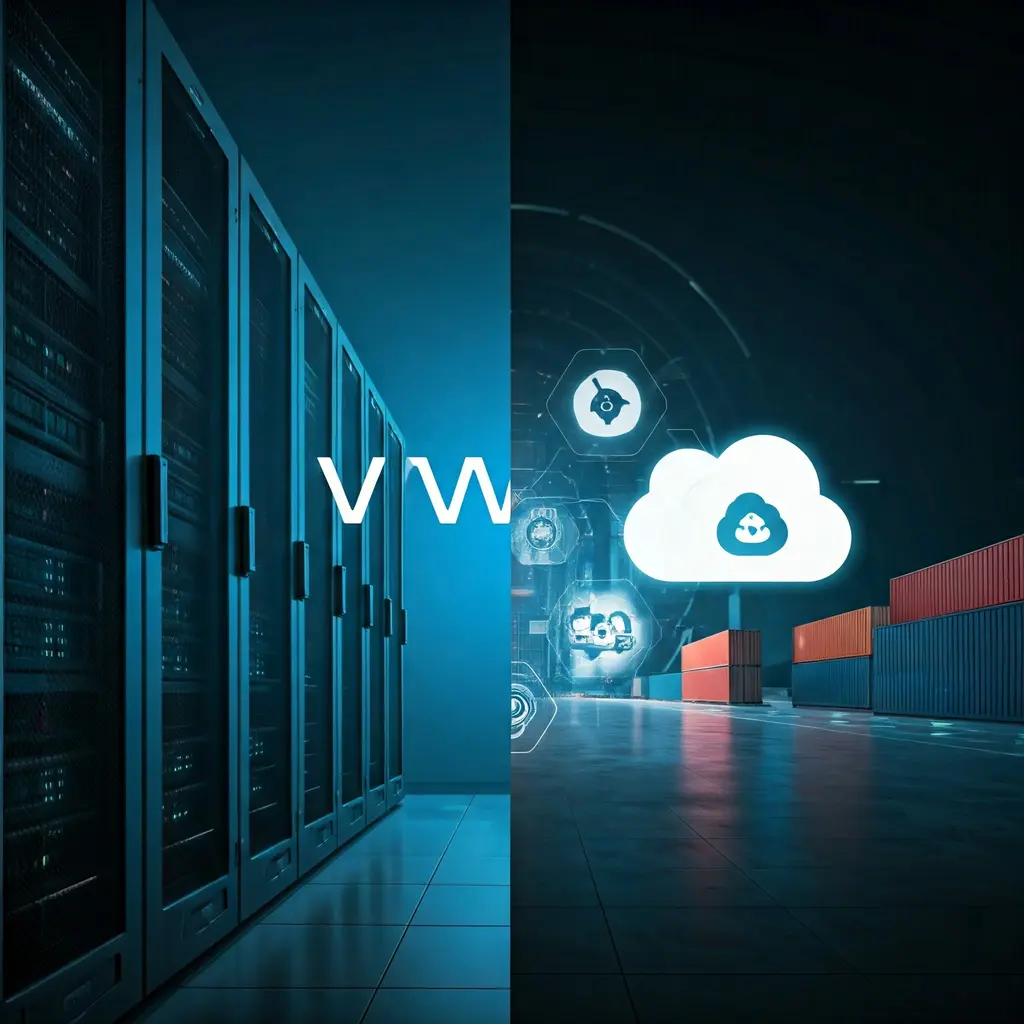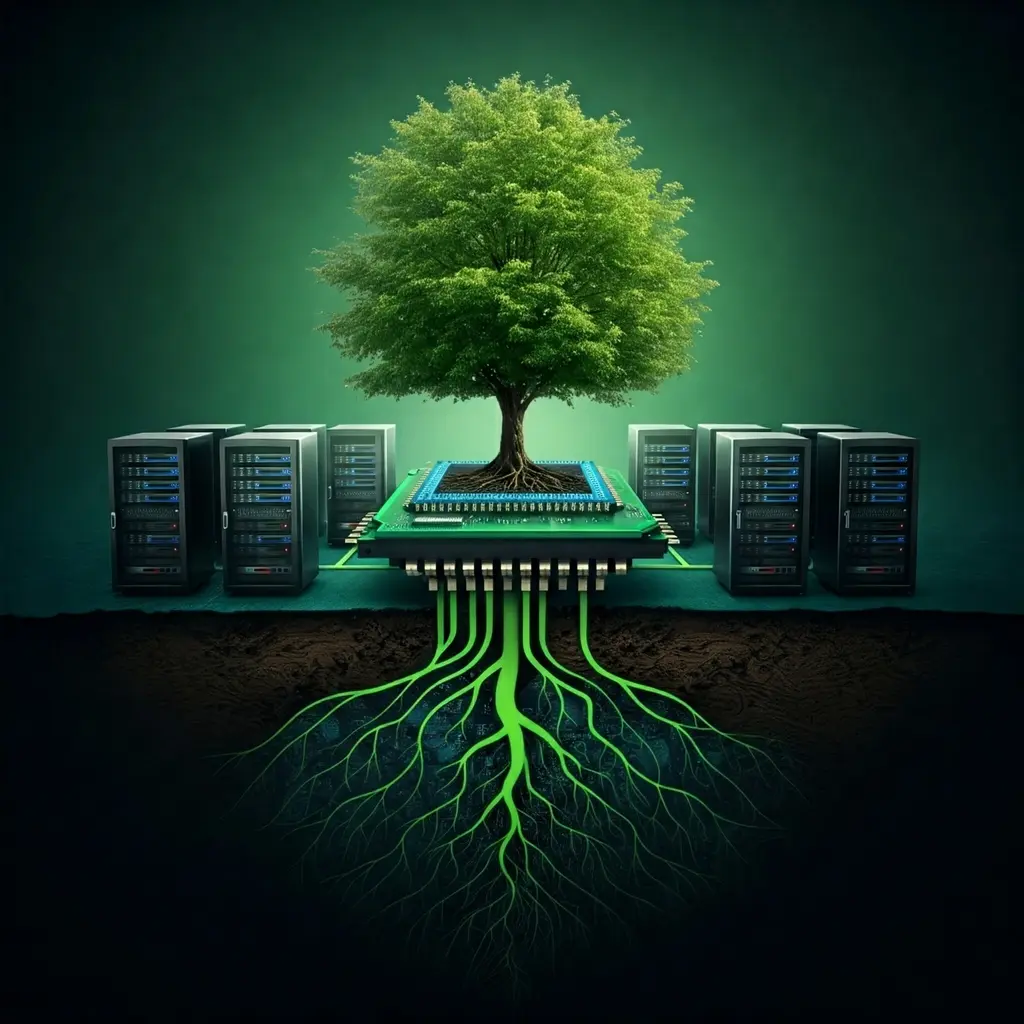Beyond DevOps and Delivery: Embracing Sustainability in IT

The DevOps and Cloud Native movements have revolutionised IT, focusing on optimising delivery through readily available and affordable on-demand computing power. This accessibility, however, has led to challenges of resource overuse and inefficiency, often resulting in “throwing resources at problems” rather than finding efficient solutions.
While we’ve been diligently optimising everything in IT for speed and efficiency, a crucial piece has been missing: sustainability. According to Gartner , sustainability ranks #3 on their 2024 priority list, emphasising the importance of using technology responsibly for the planet’s benefit.
This blog post explores the shift from delivery-centric optimization to a holistic approach that integrates sustainable practices into infrastructure and software development. This approach not only benefits the environment but also leads to a more resilient and manageable IT environment and is often associated with reduced operational costs too.
Shifting the Focus:
True optimization goes beyond improving speed of delivery and cost savings; it encompasses reducing the environmental footprint of your IT operations.
Unlocking the Hidden Value:
An IT infrastructure and software architecture that is optimised for sustainability can deliver multiple benefits: lower maintenance costs, enhanced cost-effectiveness and improved sustainability through efficient resource allocation and redundancy reduction. These systems not only consume fewer resources but also maximise the potential of the resources they utilise. Let’s explore some key optimization strategies:
1. Identify Idle Resources: Think of optimisation as a treasure hunt for unused resources. By examining your compute resources, you’ll uncover idle instances that can be powered down, saving valuable energy and costs.
2. From Underutilised to Thriving: The industry average for resource utilisation sits below 15%1. Optimising your infrastructure and software can easily push this number above 80%, which is the ideal utilisation level as described by Brendan in his blog2.
3. User Demand Dictates Resource Demand: Achieving this optimal utilisation requires autoscaling, which dynamically adjusts resources based on real-time demand. While implementing autoscaling might involve some initial software modifications, the long-term benefits far outweigh the effort.
4. Software Optimization: Unveiling Hidden Potential: Just like your infrastructure, your software harbours optimization opportunities. Software profiling can reveal inefficiencies within your code. Addressing these inefficiencies can significantly reduce resource consumption and instability resulting from memory leaks, which will make your software more resilient and performant.
The Sustainable DevOps Journey:
- Conduct sustainability audits: Regularly assess your IT operations to identify areas for improvement.
- Set clear sustainability goals and metrics: Define measurable objectives and track your progress towards achieving them.
- Partner with sustainability-focused providers: Collaborate with cloud providers and service providers who prioritise and understand modern sustainable practices.
- Empower your teams: Equip developers and operations teams with the knowledge, tools, and best practices to implement sustainable practices.
- Continuously improve: Embrace a culture of continuous improvement, iteratively refining your systems and processes for optimal sustainability.
- Advocate for collaboration: Promote industry-wide collaboration and standardisation of sustainable IT practices.
Conclusion:
Sustainability is not an optional add-on; it’s an essential pillar of modern IT operations. Embracing sustainable practices unlocks significant environmental and financial benefits, paving the way for a more responsible and resilient IT future. We encourage you to embark on your own sustainable DevOps journey, and we’re here to support you every step of the way.
